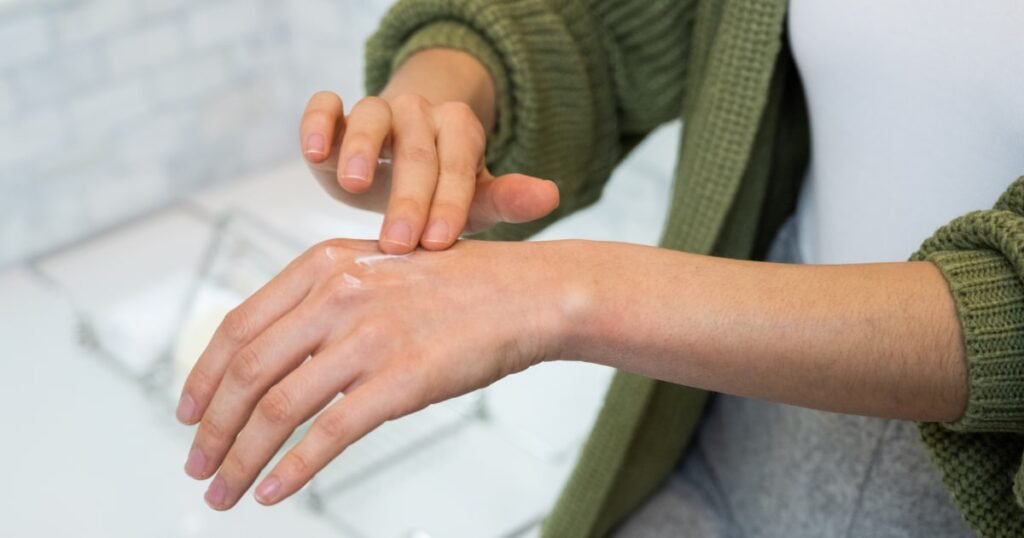Effective Treatments for Scars: A Comprehensive Guide
Scarring is a common consequence of various skin traumas such as acne, surgeries, and injuries. Though often permanent, advancements in both at-home and medical treatments can significantly reduce their visibility. Here’s an in-depth look at scar types, effective treatments, and expert recommendations to help you navigate your skincare journey.
Understanding Scars: Types and Causes
Scars form as the skin heals from injury, and their appearance can vary based on several factors:
-
Atrophic Scars: Indented scars resulting from collagen loss, often associated with acne. Types include:
- Icepick: Deep and narrow, resembling a small hole.
- Boxcar: Square-shaped depressions.
- Rolling: Wide scars with sloping edges.
-
Hypertrophic Scars: Thick, raised scars that form from excessive collagen production during healing.
- Keloid Scars: Similar to hypertrophic scars but extend beyond the original wound site and can grow over time.
Note: Scars can also exhibit various colors, influenced by pigmentation and blood vessel formation.
Home Treatments for Scars
While no over-the-counter product can completely eliminate scars, certain treatments can minimize their appearance. Here’s a roundup of popular options:
Best Scar Gels
-
Mederma Advanced Scar Gel
- Benefits: Hydrates, promotes collagen production, and softens raised scars.
- Usage: Apply on closed wounds daily for 8-12 weeks.
- Kelo-Cote Advanced Formula Scar Gel
- Benefits: Effective on both new and old scars, reduces redness and texture.
- Usage: Apply twice daily, dries quickly and is water-resistant.
Best Scar Sheets
- ScarAway Clear Silicone Scar Sheets
- Advantages: Moisturizes the area, flexible, and minimizes scarring.
- Usage: Wear for up to 10 days for ongoing hydration.
Best for Surgical Scars
- BioCorneum Plus SPF 30 Silicone Scar Gel
- Benefits: Protects scars from sun damage, softens raised scars.
- Usage: Ideal for sensitive skin; applies like a sunscreen.
Professional Treatments for Persistent Scarring
While home remedies can help, some scars may require dermatologist intervention for optimal results. Here are popular in-office treatments:
- Microneedling: Stimulates collagen production using tiny needles.
- Laser Resurfacing: Reduces scar appearance by removing the upper layers of skin.
- Injectable Fillers: Useful for atrophic scars to restore volume.
Ingredients to Look For
When choosing scar treatments, consider products containing the following effective ingredients:
- Silicone: Forms an occlusive layer on scars; best for preventing new scars.
- Retinoids: Prescription-strength options that enhance skin cell turnover, suitable for color changes.
- Vitamin C: Antioxidant that reduces redness and discoloration but does not affect scar thickness.
- Hydroquinone: Prescriptive agent to fade hyperpigmentation caused by scars.
Scar Prevention Tips
- Proper Wound Care: Keep wounds clean and covered to avoid scabs that can lead to prominent scars.
- Sun Protection: UV exposure can darken scars; always use sunscreen on affected areas.
- Moisturization: Keep the skin hydrated to facilitate healing and minimize scarring.
Frequently Asked Questions
Can scars fully heal?
Some scars naturally fade over time, but complete removal is usually not possible. Treatments can significantly improve their appearance.
How long before I see results?
With consistent use, you may start noticing improvements in several weeks, but full effects may take longer.
Which scars are hardest to treat?
Keloid and older scars are typically challenging due to their unpredictable nature.
Conclusion
Scarring is a complex skin concern, but various treatments can effectively reduce their appearance. Whether you opt for at-home solutions or professional interventions, understanding your options is key to achieving smoother skin. Always consult with a dermatologist for tailored advice based on your unique scars and skin type.
For more information on scar treatment options, check out resources from American Academy of Dermatology or Mayo Clinic.


